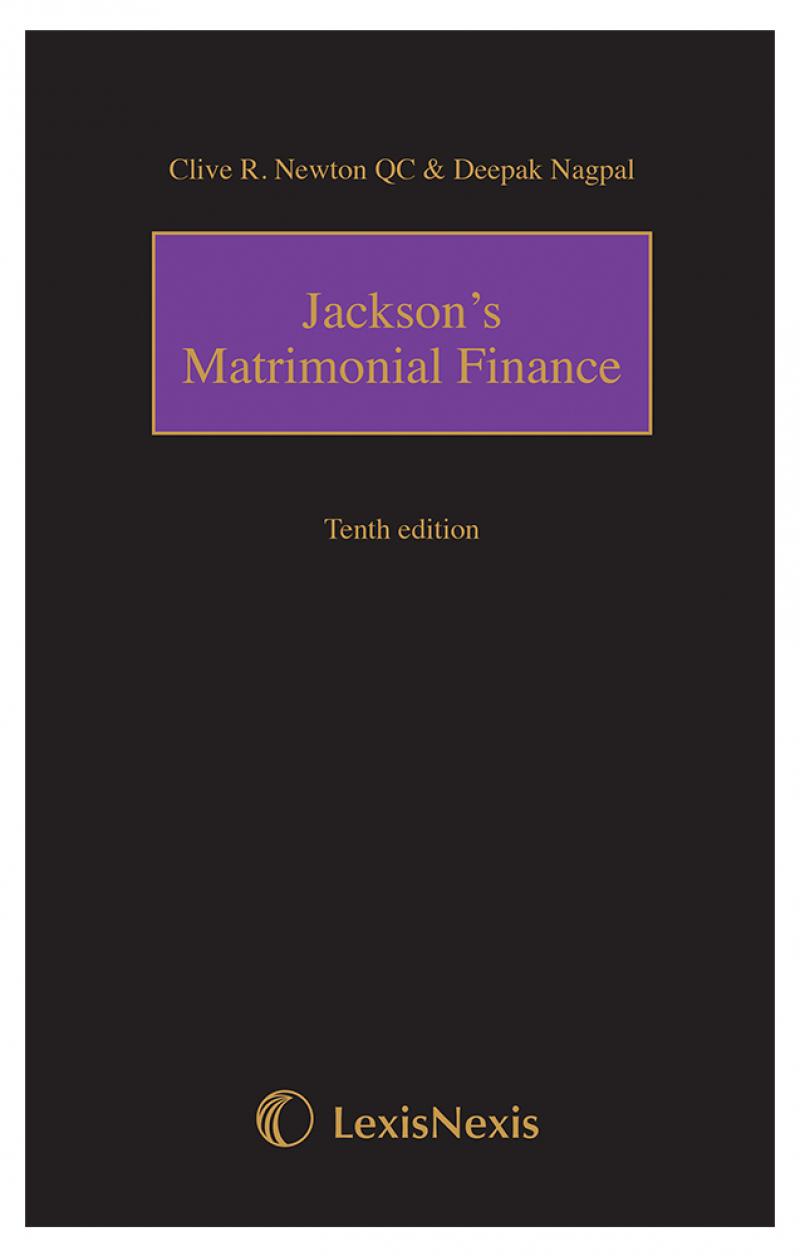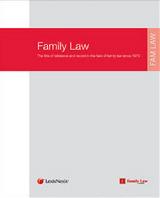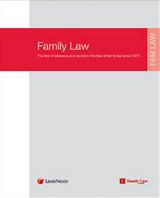family law, internal relocation, payne, rob george, harcourt chambers, black lj, exceptionality test,welfare of the child
Re C (Internal Relocation) [2015] EWCA Civ 1305 marks a new approach to internal relocation disputes. In this note, Dr Rob George of Harcourt Chambers and James Netto of Dawson Cornwell, who acted for the International Centre for Family Law, Policy and Practice in intervening with ‘comprehensive submissions’ in the appeal (para [25]), consider the impact of this important new case.
Introduction
From the earliest cases, way back into the depths of time (1997, to be precise), internal relocation cases have been treated quite differently from their better-known relations, the international relocation cases. Internal relocation cases involve a proposed move of a child within the UK, while international cases are moves beyond that border.
The law developed two quite separate routes in relation to these different types of relocation decision, though that has long been a subject of query and dissatisfaction. International relocation cases were considered using guidance developed over many years and culminating in
Payne v Payne [2001] EWCA Civ 166,
[2001] 1 FLR 1052, as interpreted following
K v K (International Relocation: Shared Care Arrangement) [2011] EWCA Civ 793,
[2012] 2 FLR 880 and, most recently,
Re F (International Relocation Cases) [2015] EWCA Civ 882, [2016] 1 FLR (forthcoming). Conversely, the law on internal relocation cases developed far less steadily, with varying cases and a dominant approach which appeared, at least, to impose some kind of test of ‘exceptionality’, whereby a proposed move within the UK was to be stopped only if there were exceptional circumstances.
In
Re C (Internal Relocation) [2015] EWCA Civ 1305, the Court of Appeal has engaged with this dichotomy of approaches and decided that it makes no sense. The Court of Appeal (Black LJ, Vos LJ and Bodey J) held that the same general approach should be taken when considering any relocation case, whether internal or international. Damian Garrido QC and Dr Rob George of Harcourt Chambers acted for the International Centre for Family Law, Policy and Practice in intervening in the appeal, instructed by Dawson Cornwell solicitors.
Re C (Internal Relocation): A summary
The facts of the case involved a proposed move by the mother with the parties’ 10-year-old child from London to Cumbria. The trial judge had allowed the move to go ahead, and the father appealed.
Following a full review of the authorities in this area, Black LJ says in her leading judgment that the governing principle in an internal relocation case is the welfare of the particular child concerned. That core, she says, means that there is ‘no reason to differentiate between those cases and external relocation cases’ (para [54]). In other words:
‘the approach set out in K v K [2011] EWCA Civ 793, Re F (Relocation) [2012] EWCA Civ 1364 and Re F [2015] EWCA Civ 882 should apply equally to internal relocation cases. Clearly, however, the outcome of that approach will depend entirely on the facts of the individual case.’ (para [54])
Black LJ goes on to say that it is likely that restrictions on short moves are likely not to be very common. However, it is emphasised that this is not because there is any test or additional requirement of ‘exceptionality’. The reason, as her Ladyship stresses, is simply that a child’s welfare is less likely to require a short move to be prevented than a long move (para [53]). The aim of the courts in all relocation applications is to determine whether the move can be done in a way which is compatible with the child’s welfare, especially in terms of maintaining the child’s relationship with the non-moving parent.
Put another way, in so far as some of the previous cases appeared to say that internal relocation applications would be restricted only in ‘exceptional’ circumstances, that is no longer the approach. As with an international relocation case, the court will need to consider the practicalities of the rival proposals, the motivation of the parents, the practicality of maintaining the child’s relationship with the non-moving parent if the move goes ahead, the child’s views about the rival proposals, and so on. Put more broadly, the correct approach is to look at the entire case in welfare terms, comparing the rival proposals which are before the court in a holistic and non-linear manner (Vos LJ at para [82]).
As part of this overall welfare analysis, the court should consider the proportionality of any of the proposed outcomes in Art 8 terms. This is not a separate analysis: rather it is ‘an essential part of the balancing exercise itself’, incorporated into the entire thinking process and not being allowed to disrupt the judge’s ‘joined-up decision-making process’ (para [84]).
Discussion
Re C is an important case which clears up a lot of confusion about the correct approach to an internal relocation case. While the ‘exceptionality’ approach has been on the back burner for some time, significant doubt had remained about the validity of those authorities, not least since the most recent internal relocation case,
Re M (A Child) [2014] EWCA Civ 1755, had appeared to endorse ‘exceptionality’ as the continuing approach. Re C helpfully clarifies that these cases are no longer to be followed, and instead the approach is welfare down the line, informed by the same kinds of considerations as apply to international relocation cases.
It was never clear why internal relocation cases were approached do differently from their international counterparts. As Black LJ points out in
Re C (paras [19]-[25]), it is difficult to discern any logical reason for this distinction, and those attempts which have been made in the past fail to provide a convincing answer. The decision to do away with the distinction entirely is therefore welcome.
A further important clarification to come from
Re C relates to the overall approach that we are to take to international relocation cases as well. There was some debate about whether there had been any change to the law in that area following
Re F (International Relocation Cases) [2015] EWCA Civ 882. Black LJ’s judgment makes clear that she does not consider Re F to have made any difference to the approach set out by
K v K and other earlier international relocation cases.
Finally we see some further clarification about the on-going role of
Payne v Payne, now potentially applicable in a limited way to both international and internal relocation cases. It is interesting to note that in her summary of the approach, Black LJ does not refer to Payne at all, focusing instead on
K v K and the two
Re F cases. However, given the reliance placed by the trial judge upon the Payne factors in
Re C, it is unsurprising that the Court of Appeal commented that this reference was permissible ‘as part of [the] overall evaluation of the case’ (para [65]). As Bodey J said in his short concurring judgment:
‘a Judge is likely to find helpful some or all of the considerations referred to in Payne v Payne; but not as a prescriptive blueprint; rather and merely as a checklist of the sort of factors which will or may need to be weighed in the balance when determining which decision would better serve the welfare of the child.’ (para [85(c)])
Overall,
Re C is a welcome decision bringing a degree of clarity to this increasingly important area of the law.
The new edition of Relocation: A Practical Guide by Rob George, Frances Judd QC, Damian Garrido QC and Anna Worwood will be published by Family Law in early 2016, fully re-written to include Re C and other important recent developments in relocation law.
See also
Rob's column, Last Orders: the View from the Bar, a regular monthly feature in Family Law. In the January issue Rob gives secure accommodation for vulnerable young people – and much else – his individual treatment. And there will be more on Re C in the February issue. Don’t miss it. 











 25 MAR 2025
25 MAR 2025

 25 MAR 2025
25 MAR 2025

 25 MAR 2025
25 MAR 2025

 25 MAR 2025
25 MAR 2025

 25 MAR 2025
25 MAR 2025












